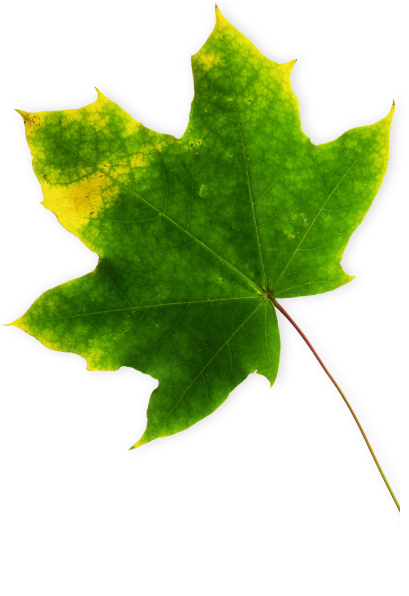Your lawn is looking beautiful and lush! Your grass is thriving in the cooler weather and you’re feeling proud. Summer arrives and you walk outside to see your lawn full of another type of grass. It has a lighter, green tint. Then it dawns on you, there’s crabgrass in your lawn. Crabgrass is a major nuisance in a home lawn. Atheistically unpleasing and a pain to eradicate, but can be done. Here are a few crabgrass control options to help keep this weed at bay.
Cultural Controls
Cultural controls should always be considered before a chemical approach. These are practices which modify the environment to limit a pest. Here are some cultural approaches that you can take:
- One of the most effective ways to control crabgrass is simply mowing. Mowing at the correct height of 3 inches will not only improve the health of the surrounding turf, but it will shade out any new germinating crabgrass plants and inhibit them from receiving sunlight. A higher cut is recommended throughout the growing season. Be sure to only remove 1/3″ of the grass blade each time.
- Crabgrass loves the heat! Proper irrigation and maintenance of a healthy turf throughout the summer will help prevent crabgrass competition.
- Relieving soil compaction through aeration and overseeding will help thicken the lawn and choke out crabgrass plants and other weeds. Late Summer and early Fall is the best time to aerate and overseed your lawn.
Chemical Controls
 Preventative Approach
Preventative Approach
Completely eliminating crabgrass without the use of herbicides is nearly impossible. Although control products should only be used as a last resort, a preventative approach is the best crabgrass control. There are a couple of key points you should know before using a pre-emergent herbicide:
- Timing is everything when it comes to using a pre-emergent herbicide. Crabgrass germinates at soil temperatures between 50°F – 55°F. These temperatures have to be consistent for about 5 days. A good indicator, on when to apply the pre-emergent, is when forsythia is in full bloom. In order to get the best crabgrass control, the herbicide needs to be in the soil prior to germination.
• Pre-emergent herbicides MUST be watered in for it to work properly. Around ½ inch of water should be put down after the application has been made.
Post-Emergent Control
With the pre-emergent approach being the best method of crabgrass control, unfortunately nothing is 100%. You may get great control using a preventative, but there will always be a few plants here and there. Once crabgrass has germinated post-emergent herbicides can be used. Different products will only be effective at certain stages in a crabgrass lifecycle. After the plant has formed 3-4 leaves, it will start to produce side shoots or “tillers”. Depending on which tiller stage the crabgrass is at will determine what product should be used.
If you have questions about possible crabgrass germinating in your lawn, be sure to ask your lawn technician or give us a call at (781) 297-3674. For additional reading on mowing and watering tips, check out our blog here.
